A recent bear sighting just steps away from a Hudson Valley elementary school has prompted officials across New York State to issue new safety warnings for families and communities. Parents are urged to remain vigilant this summer as bear activity increases in the region.
Heat–Driven Schedule Changes and the Unexpected Visitor
Last week’s record-breaking 100-degree temperatures forced many school districts in the Hudson Valley and Upstate New York to adjust schedules at the last minute. With some buildings lacking adequate air conditioning—and concerns mounting over students enduring the heat on buses—elementary schools dismissed students early, leaving parents scrambling for childcare arrangements.
Amid these disruptions, the Peekskill City School District confirmed a far more alarming development: on Thursday afternoon, a black bear was observed just outside Woodside Elementary School. According to district statements, local police responded swiftly and “pushed the bear into the blue mountain area,” ensuring the animal moved safely away from campus grounds.
Peekskill’s Close Call
Woodside Elementary, located in the heart of Peekskill, let out students early due to heat-related concerns. As children streamed onto the sidewalks, a bear appeared near the school perimeter, causing panic among staff and families. Although no one was harmed, administrators immediately secured entrances and coordinated with Peekskill police and wildlife officials to guide the animal back into nearby forested terrain.
“The safety of our students and staff is our top priority,” said a district spokesperson. “We are reviewing our dismissal procedures and bus routes to minimize any future risks when wildlife and extreme weather converge.”
Rising Bear Sightings Throughout the Hudson Valley
Wildlife officials report an uptick in bear encounters across the region. In recent weeks, sightings were recorded in:
-
Saugerties, where a bear rummaged through unattended trash bins
-
Harrison, where a lone juvenile bear crossed a residential street
-
Croton-on-Hudson, where hikers encountered a mother bear and cub near river trails
These incidents mirror statewide trends: the New York Department of Environmental Conservation (DEC) confirms that as bears emerge from winter dens and search for food, they increasingly venture into suburban areas.
Why Bears Are Coming Closer to Communities
Several factors contribute to the rise in human–bear interactions:
-
Food Scarcity in the Wild: Poor berry and nut production in some forested areas drives bears to seek alternative food sources.
-
Improperly Secured Waste: Overflowing or unsecured trash cans offer an easy meal.
-
Feeders and Bird Tables: Birdseed, pet food and unsecured grills attract bears into backyards.
-
Habitat Encroachment: Ongoing development pushes wildlife closer to populated areas.
Tips to Avoid Bear Encounters
To reduce the likelihood of conflicts with bears this summer, officials recommend the following precautions:
-
Secure Trash and Recycling
-
Store bins in locked garages or use bear-resistant containers.
-
Put out refuse on the morning of collection rather than the night before.
-
-
Clean Grills and Barbecue Areas
-
Remove grease and food scraps after use.
-
Store grills in enclosed areas when not in use.
-
-
Remove Pet Food and Bird Feeders
-
Bring pet bowls indoors overnight.
-
Take down bird feeders during peak bear activity (dawn and dusk).
-
-
Maintain a Clean Yard
-
Harvest ripe fruit and berries promptly.
-
Rake fallen fruit and clean up compost piles regularly.
-
-
Make Noise on Trails
-
Hike in groups and talk or clap periodically.
-
Carry bear spray in bear country and know how to use it.
-
-
Report Aggressive Behavior
-
If a bear approaches buildings or shows no fear of humans, contact local police and the DEC Bear Incident Hotline at 866-640-0652.
-
Staying Bear-Aware This Summer
As the mercury climbs and wildlife becomes more active, families in the Hudson Valley and beyond must balance outdoor enjoyment with safety. By following these guidelines and remaining alert—especially around schools, parks and residential neighborhoods—communities can minimize dangerous encounters and coexist peacefully with the region’s native black bears.

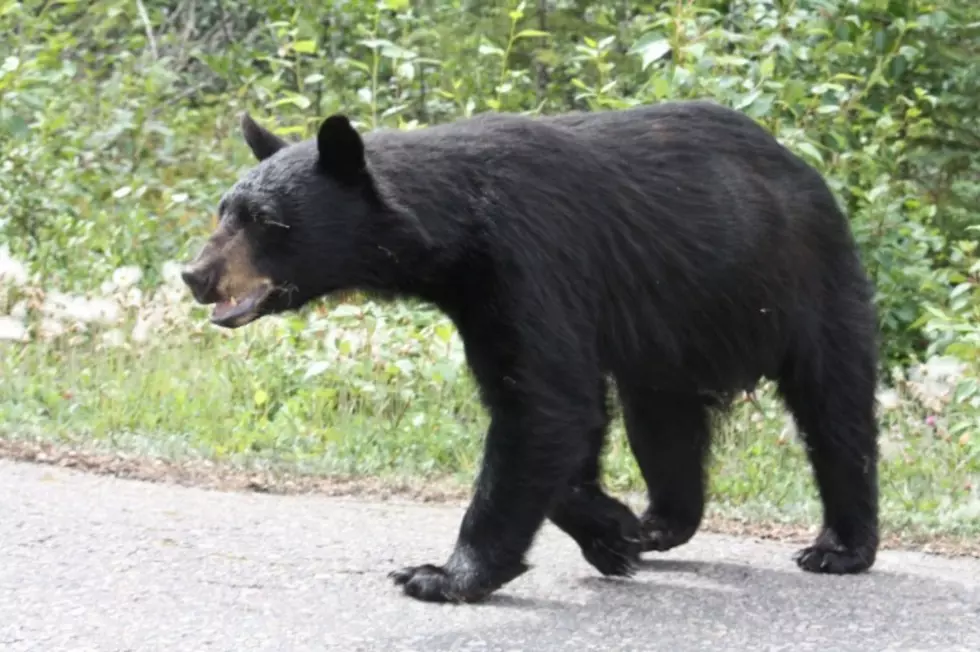
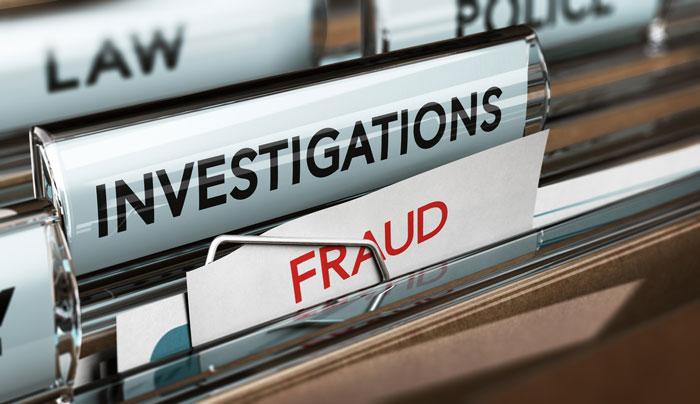
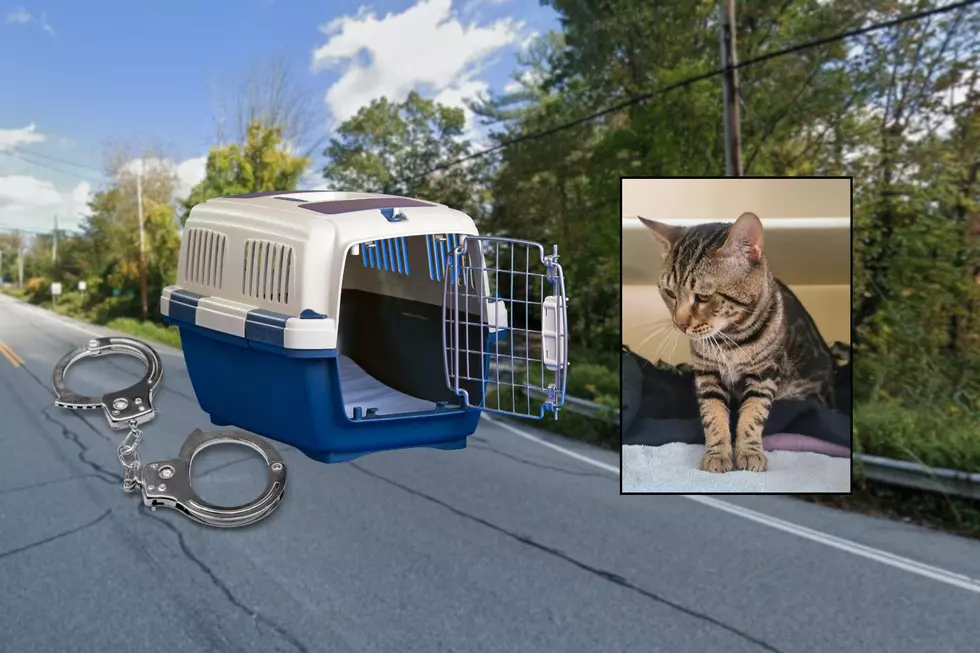


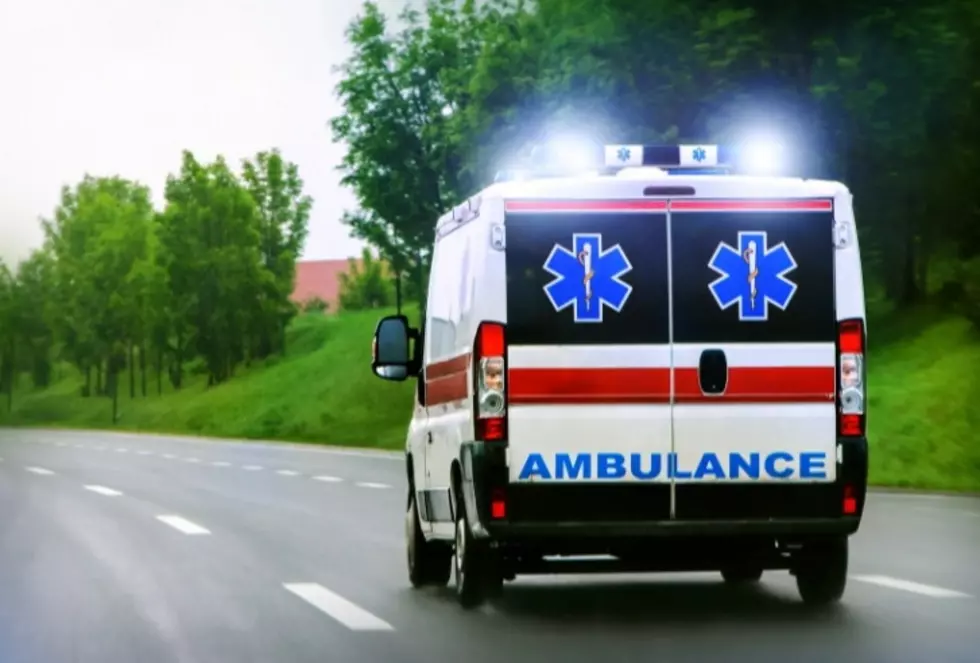

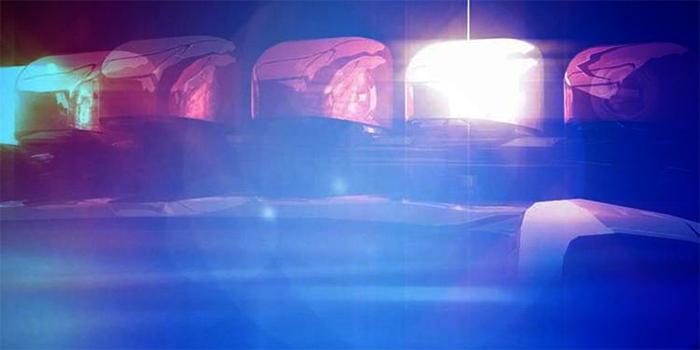
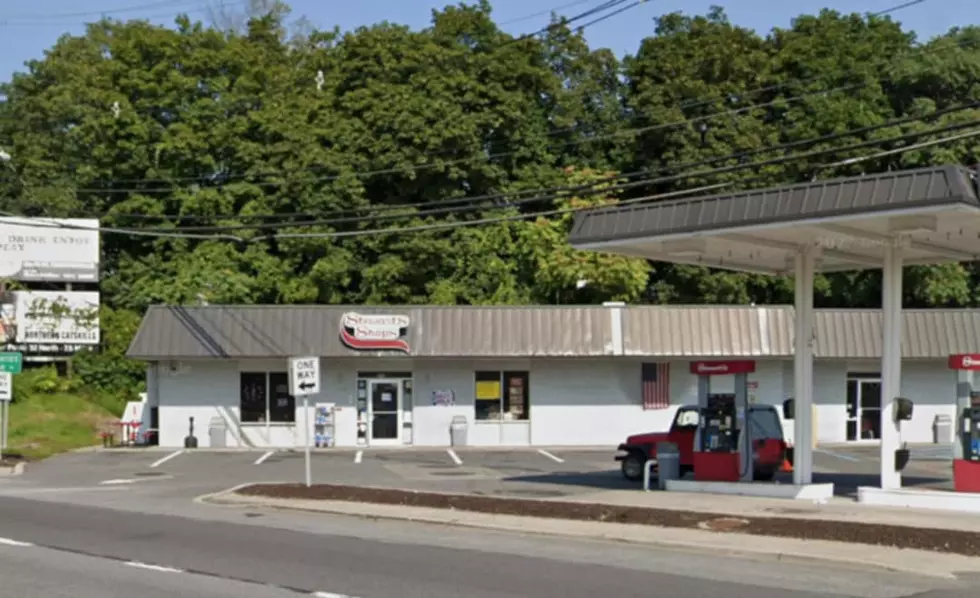



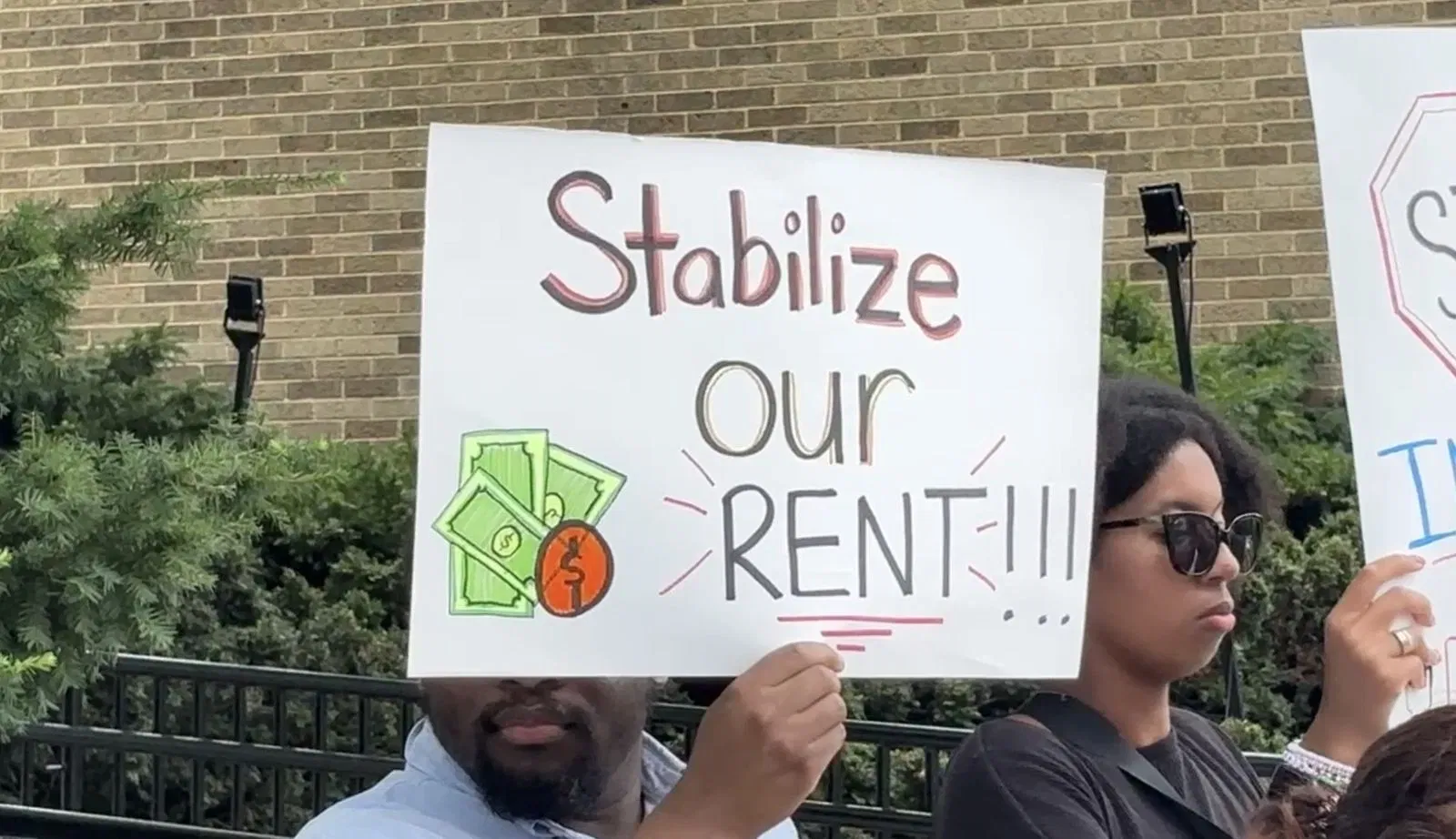

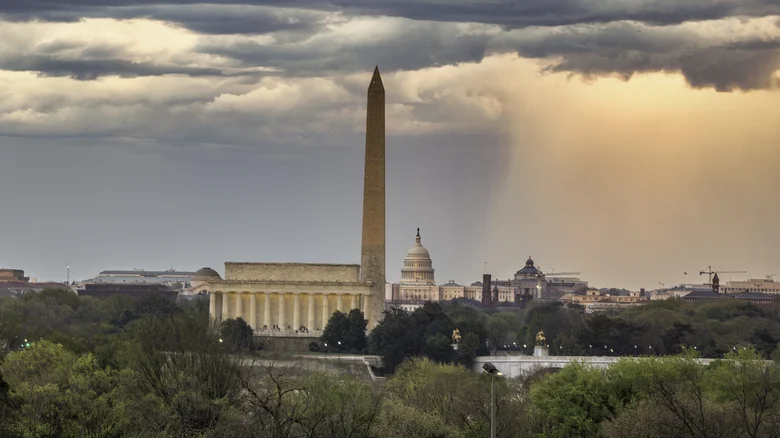
Leave a Reply